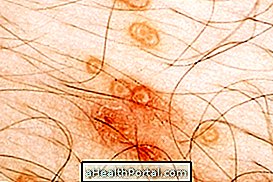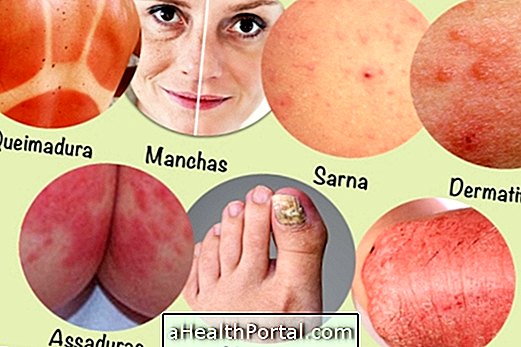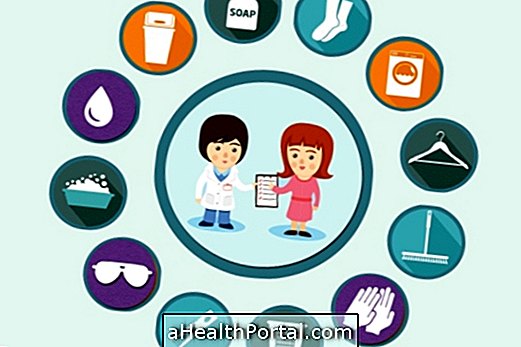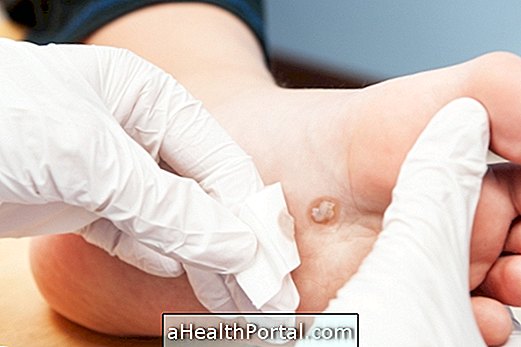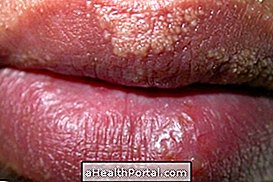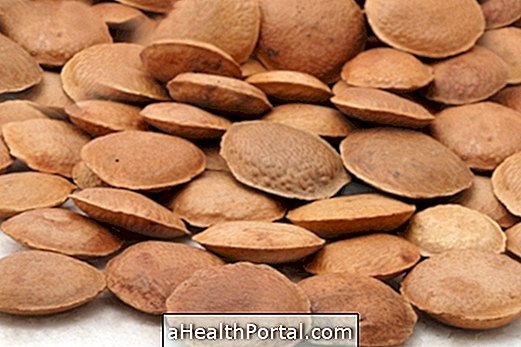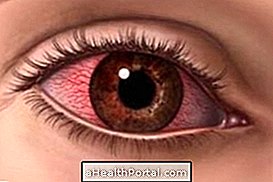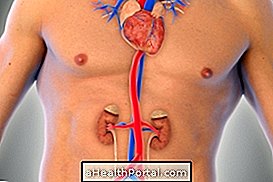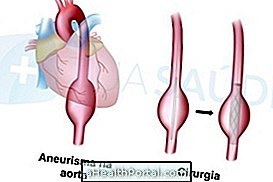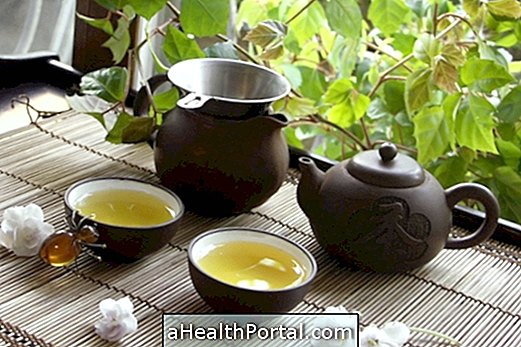Contagious human ecthyma is a skin infection caused by streptococcal bacteria that causes small, deep, painful wounds to appear on the skin, especially in people who live in hot, humid environments or who do not have proper hygiene.
There is also another type of ecthyma caused by the development of Psuedomonas aeruginosa bacteria known as ecth gangrenosum, which causes red spots on the skin that develop into blisters that burst and cause dark-colored wounds.
Both cases of ecthyma have a cure but the treatment must be done rigorously for several weeks to ensure that all bacteria are eliminated and prevent a more serious infection from developing throughout the body.
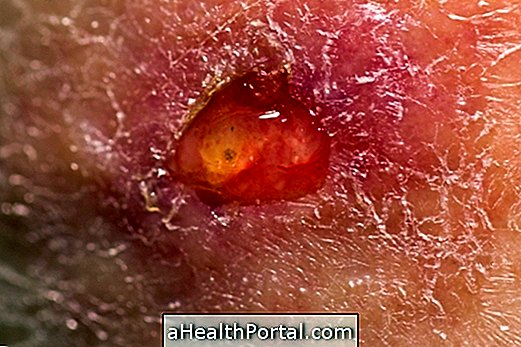
Main symptoms
In addition to the deep and painful wound on the skin, contagious ecthyma may cause other symptoms such as:
- A thick, yellowish-grayish cone that appears on top of the wound;
- Painful tongues near the affected site;
- Redness and swelling around the wound.
Generally, these symptoms arise in the legs, but may evolve and affect other sites such as the thighs or glutes, for example.
Ecthyma gangrenosum only causes the appearance of dark lesions that worsen until it causes a generalized infection of the organism, which can endanger life. Wounds of this type are usually most common in the genital region and underarms.
How to confirm the diagnosis
The diagnosis is usually made by a dermatologist through the observation of lesions and symptoms, but it may be necessary to perform a laboratory evaluation of a piece of the wound to identify the type of bacteria and confirm the diagnosis in order to adjust the treatment, for example.
How is the treatment done?
The treatment is initiated only with the care of the wounds in the hospital by a nurse, since, the proper hygiene of the place, is able to control the growth of the bacteria. During this period you should:
- Avoid sharing towels, sheets or clothing that are in contact with the lesions;
- Often change towels and clothing that are in with the injuries;
- Remove the swabs only in the bath and when indicated by the nurse;
- Wash hands after contact with the area of the wound.
When wound treatment is not being able to control the worsening of the infection, antibiotic ointments may still be used to control the amount of bacteria.
However, if the infection continues to get worse, it may be necessary to take antibiotics, such as Penicillin, Cephalexin or Erythromycin, to combat all bacteria in the body, especially when there is a suspicion that the infection has spread to other parts of the body.
Surgery is usually more common in the type of gangrenous ecthyma to help remove all dark tissue in order to facilitate treatment and wound healing.

